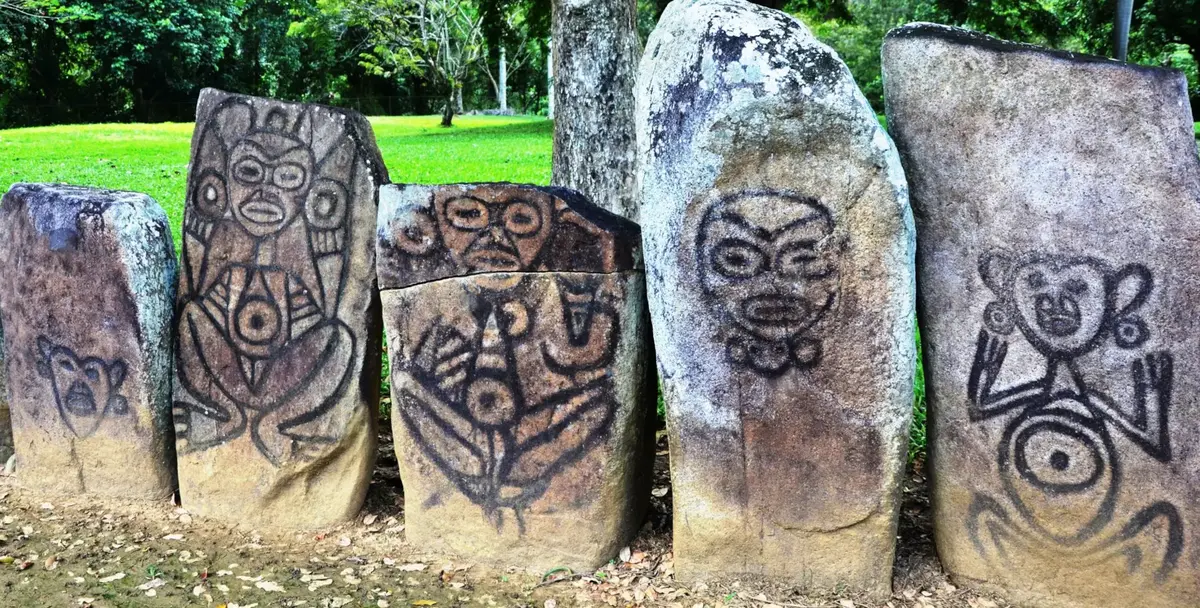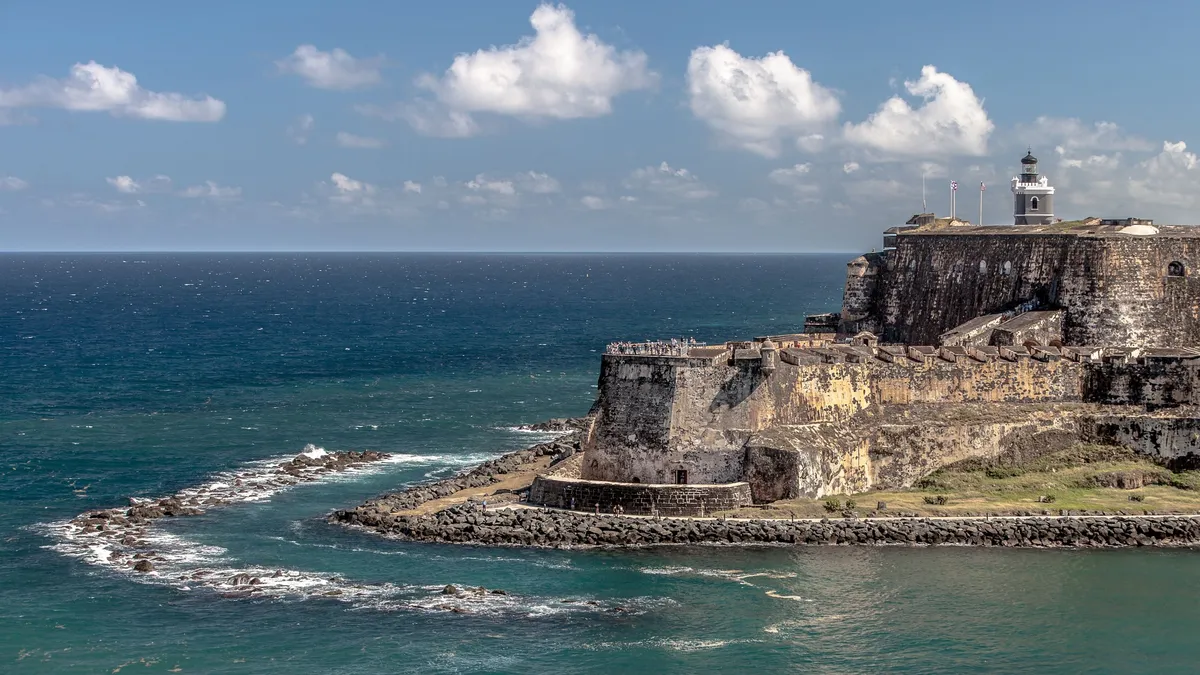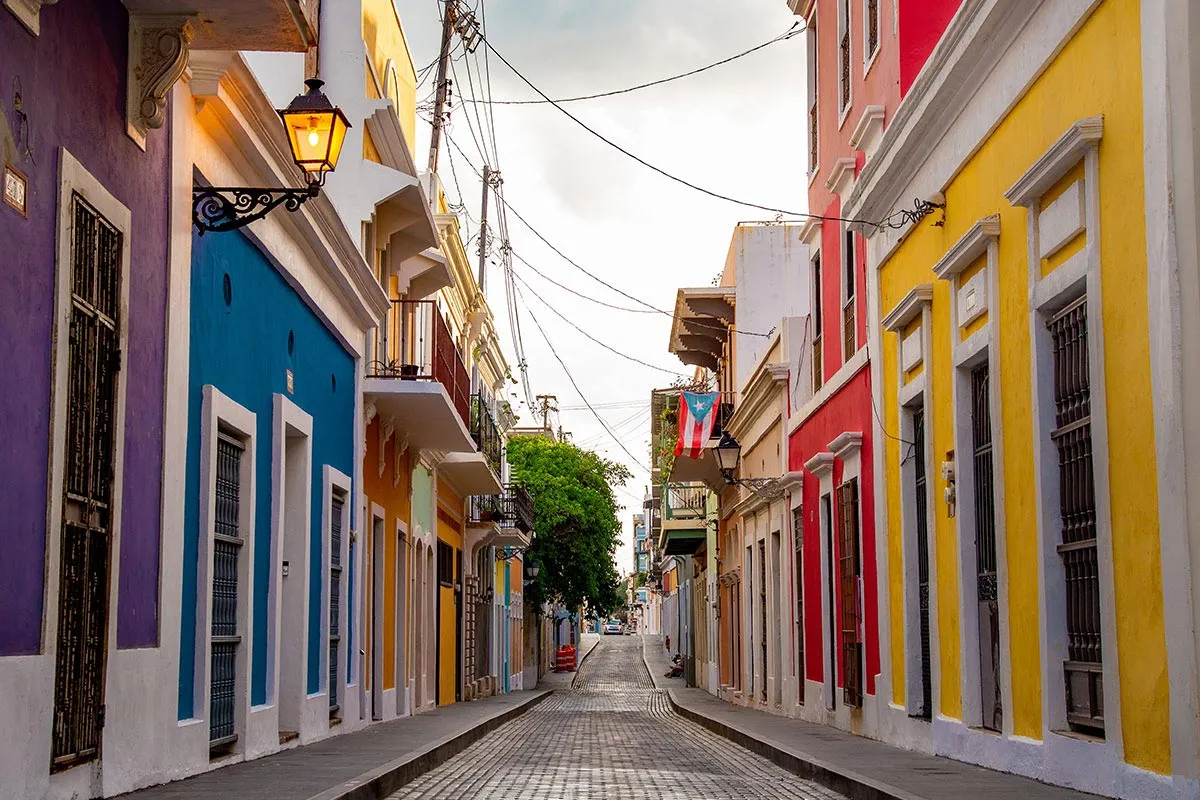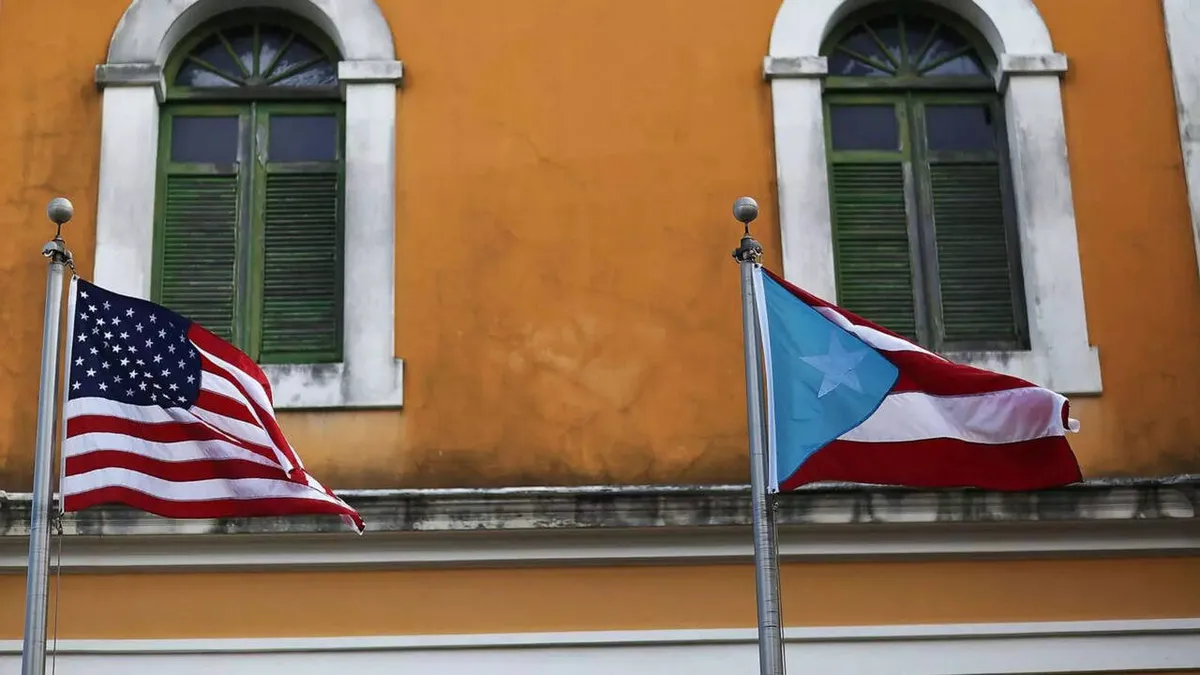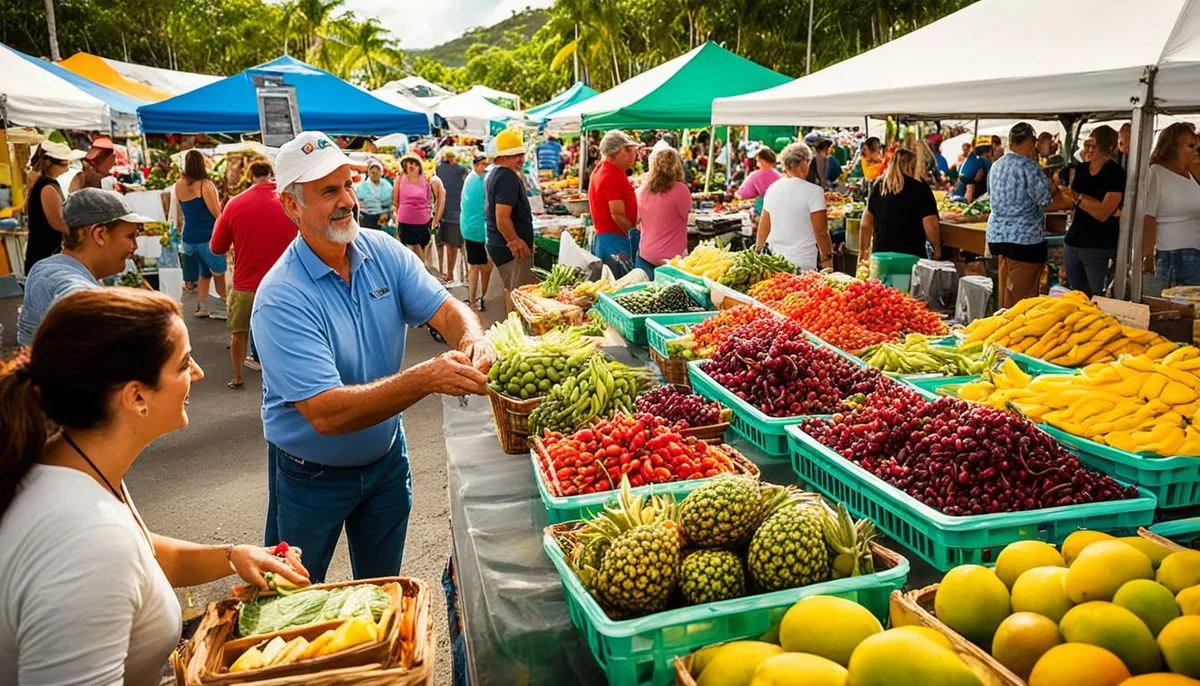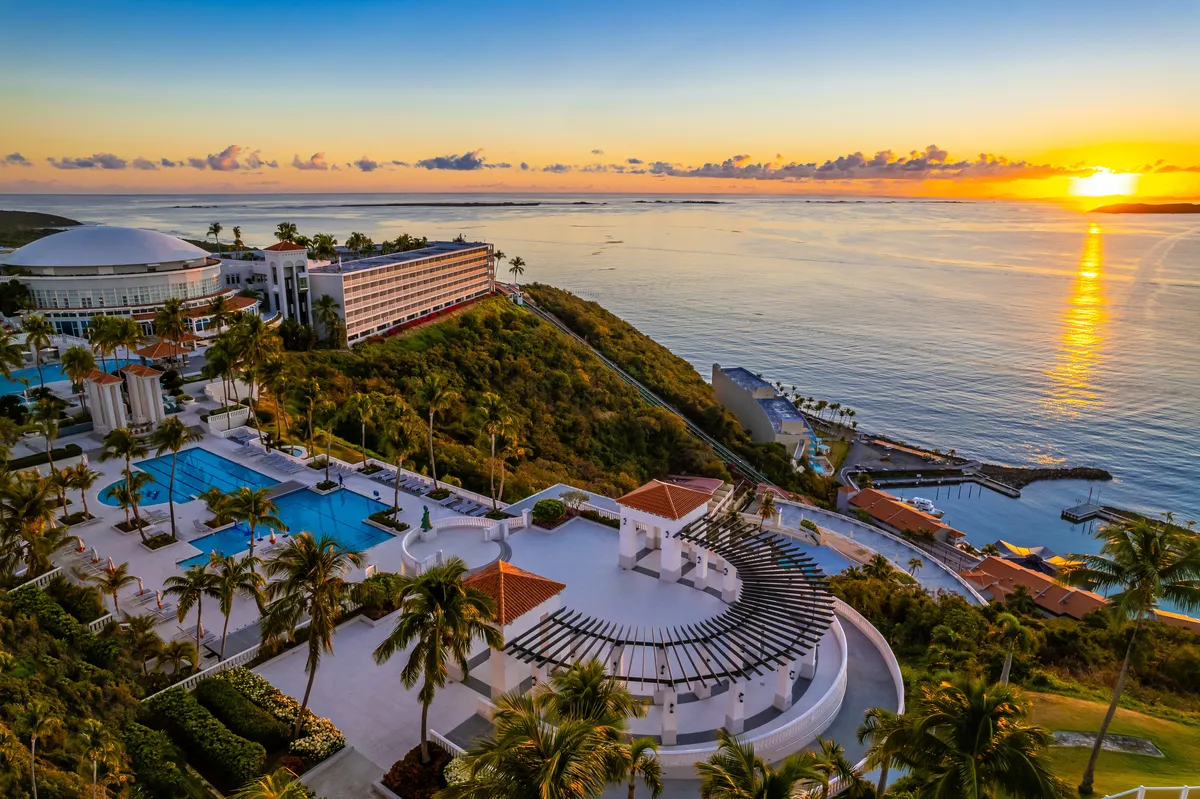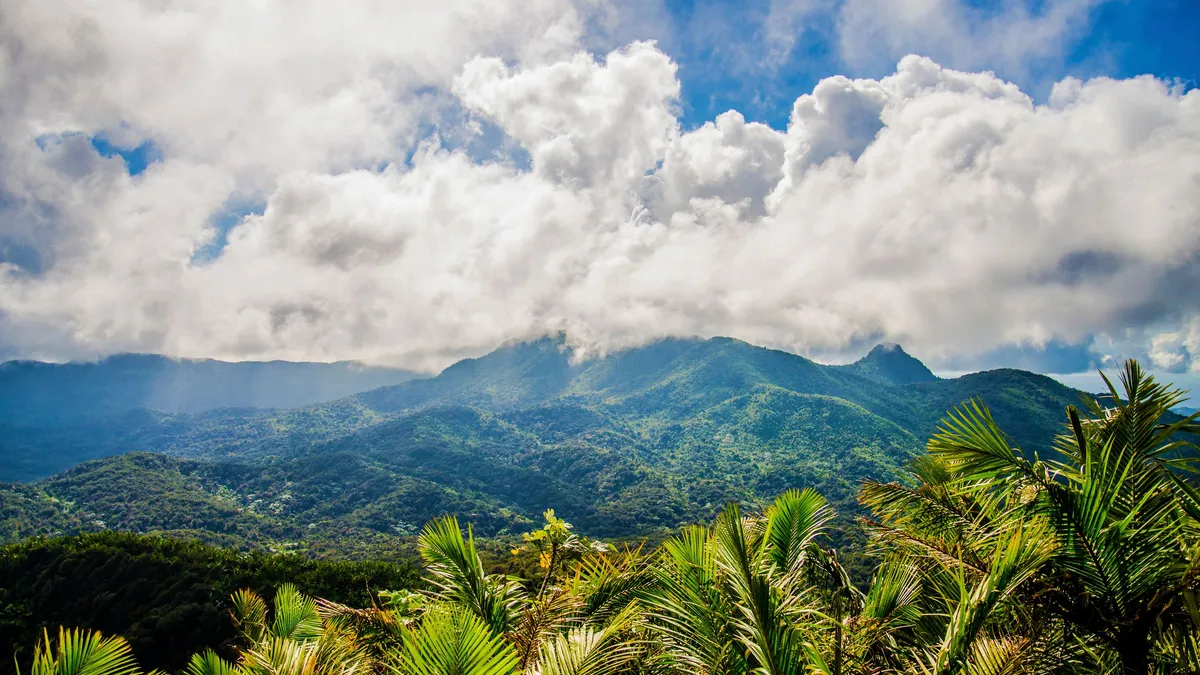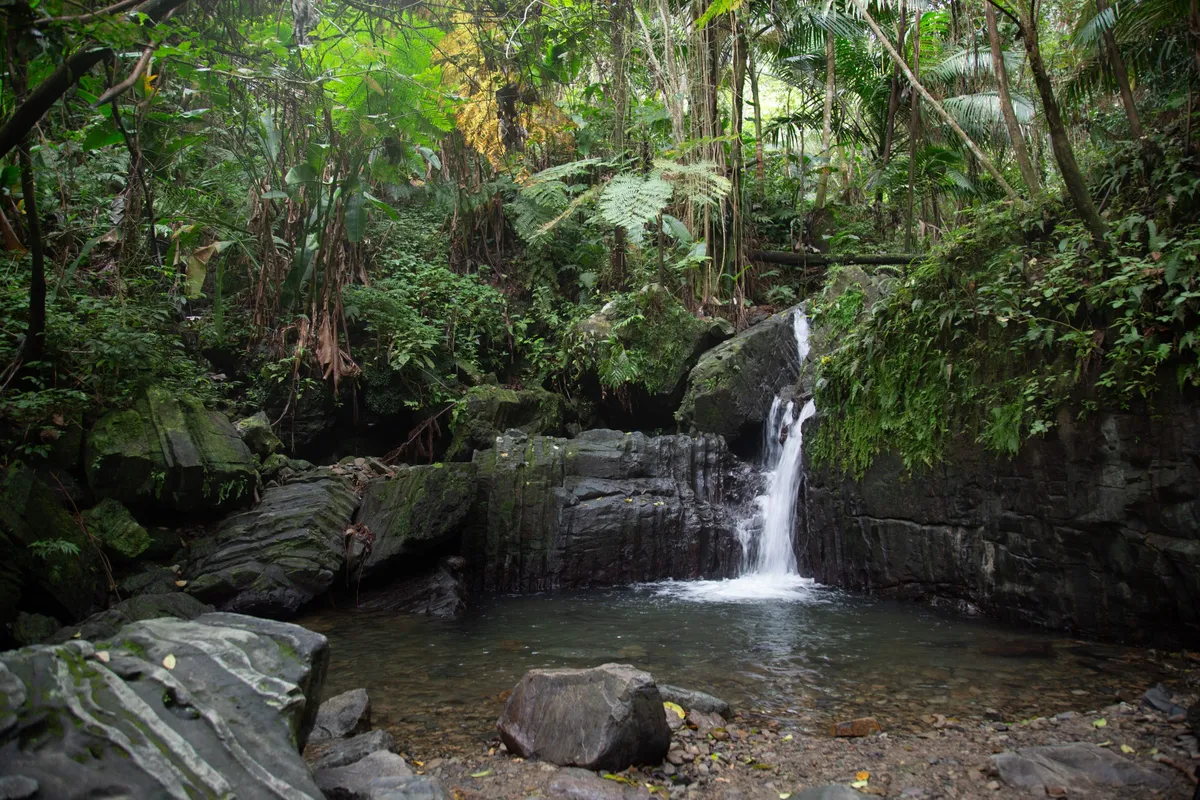When you stand on the weathered ramparts of El Morro fortress in San Juan, feeling that warm Caribbean breeze while watching cruise ships navigate the same bay where Sir Francis Drake’s fleet once attacked, you’re experiencing Puerto Rico history in its most visceral form. This isn’t just a destination with beautiful beaches—it’s a living museum where 500 years of dramatic history plays out in cobblestone streets, resonates in bomba drum rhythms, and flavors every sip of local rum. From the sophisticated Taíno civilization that thrived here thousands of years before Columbus to the transformative events of 2017’s Hurricane Maria and the 2019 protests that reshaped modern politics, Puerto Rico’s story is one of resilience, fusion, and an unconquerable spirit that you’ll feel in every corner of the island.
The Indigenous Roots: Experiencing Taíno Civilization Today
Long before any European ships appeared on the horizon, Puerto Rico—then called Borikén, meaning “Land of the Valiant and Noble Lord”—was home to a thriving indigenous civilization. The Taíno people, who dominated the island by 1000 AD, weren’t the simple society that colonial narratives once claimed. They had a complex hierarchical social structure led by caciques (chiefs who could be either men or women), supported by nobles, priests, and commoners who developed sophisticated agricultural systems using earthen mounds called conucos to grow cassava, corn, and sweet potatoes.
Here’s what makes the Taíno legacy so powerful for modern travelers: recent genetic studies reveal that over 60% of Puerto Ricans carry Taíno mitochondrial DNA, proving that this culture didn’t vanish but survived through intermixture and persistence. When you visit Taíno archaeological sites today, you’re not just seeing ancient ruins—you’re connecting with a living indigenous heritage that still flows through the island’s people.
Caguana Indigenous Ceremonial Site: Your Window into Ancient Puerto Rico
Located in the mountainous region of Utuado, Caguana stands as the Caribbean’s most important Taíno archaeological site. You’ll find ten stone-lined ceremonial ball courts (bateyes) surrounded by monoliths carved with petroglyphs that offer direct visual links to Taíno cosmology. One traveler perfectly captured the experience: “We had an amazing time learning from our guide… he taught us so much about native plants that the indigenous Taino used.” The famous La Mujer de Caguana petroglyph is particularly striking, and visitors consistently mention the profound sense of peace that permeates the site.
Practical tips: Get there early to beat the heat and crowds. Wear comfortable walking shoes for the uneven terrain, and I strongly recommend booking a guided tour—these guides bring the astronomical and historical significance to life in ways that solo exploration simply can’t match. The site demonstrates monumental construction capabilities that directly contradict colonial-era narratives of the Taíno as primitive.
Tibes Indigenous Ceremonial Center: Layers of Ancient History
Discovered by accident when flooding from a 1975 tropical storm exposed the ruins, Tibes near Ponce represents one of the Antilles’ oldest ceremonial sites, showing evidence of both the earlier Igneri culture and the Taíno civilization. The on-site museum features excellent dioramas and excavated artifacts that provide crucial context before you explore the grounds.
What visitors love most are the compelling stories shared by guides, including the dramatic discovery of skeletons in the main ball court—believed to be a cacique’s wife and her lover. The site also includes reconstructed bohíos (traditional circular houses) and a botanical garden showcasing plants central to indigenous life. It’s a tangible reminder of the island’s layered history stretching back thousands of years.
Location: Tibes Indigenous Ceremonial Center, Carretera 503 Km 2.8, Ponce, PR 00717
Spanish Colonial Legacy: Four Centuries That Shaped an Island
When Christopher Columbus landed on Borikén on November 19, 1493, he triggered a cataclysmic transformation. The Spanish renamed the island San Juan Bautista and began a colonial period that would last 400 years, forging the language, religion, and architectural identity that defines Puerto Rico today. This era of Spanish colonization is a pivotal chapter in Puerto Rico history, bringing both brutal exploitation and profound cultural creation—a complexity you’ll sense while walking through Old San Juan’s historic streets.
The Fortress City: Where Military Necessity Met Architectural Beauty
Spanish colonization began in earnest when Juan Ponce de León founded Caparra in 1508, though by 1521 the settlement moved to a more defensible location at the mouth of a large bay. Here’s a fun historical quirk: the island was originally named San Juan Bautista while the port city was called Puerto Rico (“Rich Port”), but over time the names swapped, giving us today’s configuration.
Puerto Rico’s strategic position as the first major port for Spanish ships entering the Americas made it the “Key to the Indies”—a critical military outpost protecting treasure fleets carrying gold and silver back to Spain. This strategic importance dictated the entire design of what’s now Old San Juan. Those massive walls, the two-fort system, and the narrow defensible streets weren’t built for aesthetics but for survival.
Construction on Castillo San Felipe del Morro began in 1539 to guard the bay entrance from sea attacks, while work on Castillo San Cristóbal started in 1634 to protect against land invasions from the east. These fortifications proved their worth, successfully repelling attacks from Sir Francis Drake in 1595 and Dutch forces in 1625. When an English force briefly captured the city in 1598 by attacking overland, a dysentery epidemic soon forced their retreat.
The Plantation Economy: Sugar, Coffee, and Cultural Fusion
As Puerto Rico’s gold deposits depleted, the economy shifted to agriculture—establishing large plantations for sugarcane, coffee, and tobacco. This economic model relied on forced labor, first attempting to use the decimated Taíno population, then importing enslaved Africans to work the fields.
While Puerto Rico’s slavery system differed from sugar-dominated colonies like Cuba or Saint-Domingue—with a relatively smaller enslaved population—the African presence profoundly shaped Puerto Rican identity. You’ll hear it in musical traditions like bomba and plena, rooted in West African rhythms. You’ll taste it in staples like plantains and coconuts. This period created a deep contradiction: violent oppression that, through forced proximity of different peoples, gave birth to a uniquely Puerto Rican Creole culture.
El Grito de Lares: The First Cry for Independence
By the 19th century, centuries of Spanish rule, restrictive economic policies, and a lack of political autonomy bred deep resentment. On September 23, 1868, in the mountain town of Lares, hundreds of revolutionaries staged an armed uprising, declaring the independent Republic of Puerto Rico in what became known as El Grito de Lares.
Though Spanish forces quickly crushed the rebellion, its impact was immense—marking the first major organized independence movement and the birth of the first revolutionary Puerto Rican flag. The shifting political climate following the revolt contributed to a major social milestone: in 1873, Spain officially abolished slavery in Puerto Rico.
Walking Through Old San Juan: Your Immersive Colonial Experience
Today, those 400 years of Spanish rule come alive when you walk Old San Juan’s blue-tinted adoquín cobblestones, surrounded by brightly colored colonial architecture. Travel writers consistently describe feeling transported back in time, and I can confirm—there’s something magical about these streets.
The San Juan National Historic Site, encompassing both El Morro and San Cristóbal, absolutely deserves your time. At San Cristóbal, you’ll discover “amazing tall ship graffiti” in subterranean prison tunnels that give you goosebumps. The vast green esplanade leading to El Morro—once a strategic military field—now hosts families flying kites against the dramatic 16th-century fortress backdrop. Those iconic garitas (sentry boxes) dotting the city walls have become cherished symbols of the island.
Don’t miss La Fortaleza (the oldest executive mansion in continuous use in the Americas), the Catedral de San Juan Bautista (holding Ponce de León’s tomb), and the small but poignant Capilla del Cristo perched atop the city wall.
Practical tips: Buy a combination ticket for both El Morro and San Cristóbal—you’ll want at least two to three hours for each fort. The Caribbean sun is intense, so bring water and sunscreen. Families should ask about the National Park Service’s Junior Ranger program, which makes history engaging for kids.
Visitor feedback: While the forts are undeniably spectacular and offer incredible photo opportunities, summer crowds can be overwhelming, particularly between 10 AM and 2 PM. Arrive in the early morning or late afternoon for a more peaceful experience and better lighting for photos.
The American Century: Redefining Puerto Rico’s Identity
The end of the 19th century brought a dramatic shift in Puerto Rico history. Four hundred years of Spanish rule ended abruptly, replaced by a new colonial relationship with the United States that would fundamentally reshape the island’s economy, politics, and identity in ways still debated today.
The Spanish-American War and Transfer of Power
In 1898, rising tensions over Cuban independence and the sinking of the USS Maine led the United States to declare war on Spain. On July 25, 1898, U.S. troops led by General Nelson A. Miles invaded Puerto Rico at the southern port of Guánica with minimal resistance. The brief conflict ended with the Treaty of Paris, where Spain ceded Puerto Rico, Guam, and the Philippines to the United States. The Spanish flag came down, the American flag went up—a new colonial chapter began.
The Jones Act and the Citizenship Paradox
Two pieces of legislation fundamentally shaped Puerto Rico’s modern US territory status. The Foraker Act of 1900 established a civilian government but kept power in Washington, with the U.S. president appointing the governor and executive council while Puerto Ricans could only elect a lower house of delegates.
The Jones-Shafroth Act of 1917 brought monumental change by granting U.S. citizenship to all Puerto Ricans. Passed as World War I raged and the U.S. sought to solidify its Caribbean strategic position, the act also created a locally elected Senate. However, the governor and key officials remained presidential appointees.
This created a fundamental paradox that lies at the heart of today’s status debate: Puerto Ricans became U.S. citizens who could be drafted to fight in American wars—nearly 20,000 served in World War I—but couldn’t vote for the president who commanded them or elect voting representatives to the Congress governing them. This second-class citizenship remains a central political and identity issue.
Operation Bootstrap: Economic Transformation with Lasting Consequences
By the 1940s, Puerto Rico was mired in poverty, its economy dependent on struggling agriculture. The island’s first elected governor, Luis Muñoz Marín, launched Operation Bootstrap (Operación Manos a la Obra)—a massive industrialization program using generous federal tax exemptions to attract American manufacturing companies.
The program’s legacy is profoundly dualistic. On the positive side, it was remarkably successful: the economy rapidly transformed from agrarian to industrial, dramatically raising living standards, wages, and life expectancy from 46 to 70 years. However, it created deep structural problems. As factories grew, agriculture collapsed, making the island dependent on imported food. The shift displaced tens of thousands of farm workers, prompting the government to actively encourage migration to the U.S. mainland—creating the large Puerto Rican diaspora, primarily in New York, that fundamentally reshaped both island and mainland communities.
When Congress began phasing out these tax incentives in 1996, with full repeal in 2006, the foundation of Puerto Rico’s economy crumbled, leading directly to the prolonged recession and debt crisis of the 21st century.
The Commonwealth is Born
In 1950, Congress passed Public Law 600, authorizing Puerto Ricans to draft their own constitution. After a constitutional convention and popular referendum, on July 25, 1952, the Commonwealth of Puerto Rico (Estado Libre Asociado) was formally established. This granted full local self-governance, including an elected governor and legislature, but didn’t alter Puerto Rico’s fundamental status as a U.S. territory subject to Congressional authority.
Contemporary Puerto Rico: Living History and Cultural Resilience
The establishment of the Commonwealth didn’t resolve Puerto Rico’s ultimate political destiny. The past 70 years have been defined by passionate status debates, severe economic challenges, and transformative events that continue reshaping the island’s identity—this is history you’re watching unfold in real time.
The Unsettled Question: Statehood, Independence, or Commonwealth?
Since the mid-20th century, Puerto Rican politics has revolved around three main options: statehood (full integration as the 51st U.S. state with voting representation but federal income taxes), independence (full sovereignty with its own government but losing federal support and U.S. citizenship benefits), or maintaining/enhancing the current commonwealth arrangement.
Non-binding plebiscites since 1967 show a gradual trend toward statehood support, with referendums in 2012, 2017, and 2020 favoring statehood. However, these results remain controversial due to boycotts and questions about their mandate. Congress hasn’t acted on these results, leaving the question unresolved.
Hurricane Maria and the Summer 2019 Protests: Modern Watersheds
The period from 2006 to 2019 accelerated Puerto Rico history dramatically. The end of Operation Bootstrap’s tax incentives triggered a severe economic recession and a massive debt crisis. In 2016, Congress passed the PROMESA act, placing the island’s finances under a federally appointed oversight board known locally as La Junta.
Then came catastrophe. On September 20, 2017, Hurricane Maria—a powerful Category 4 storm—devastated the island, destroying thousands of homes, causing over $90 billion in damage, and triggering the longest blackout in U.S. history (some areas remained without power for nearly a year). The official death toll reached 2,982 people. The storm exposed infrastructure fragility and created a humanitarian crisis that revealed both inadequate local and federal government responses.
Widespread suffering and frustration found a flashpoint in Summer 2019. The leak of 889 pages of offensive private chat messages between Governor Ricardo Rosselló and his inner circle ignited the largest protests in Puerto Rican history. The chats contained misogynistic, homophobic, and classist remarks, callously joking about Hurricane Maria victims.
This transcended politics—it violated the core Puerto Rican cultural value of respeto (respect). This cultural offense united an unprecedented cross-section of society, from pop stars to working-class bikers, in massive non-partisan demonstrations demanding the governor’s resignation. After two weeks of relentless protests, Rosselló resigned—a historic victory for people-power.
Experiencing Contemporary Culture Through Art
To understand modern Puerto Rico’s complexities, explore its vibrant arts scene where recent history is processed and expressed. The Museo de Arte de Puerto Rico (MAPR) in San Juan offers an expansive collection chronicling the island’s artistic journey. The Museo de Arte Contemporáneo de Puerto Rico (MAC), also in San Juan, focuses on late 20th-century to present works by Caribbean artists grappling with themes of identity, colonialism, and resilience.
For mainland travelers, El Museo del Barrio in New York City, founded in 1969 by Puerto Rican artists and activists, serves as a cornerstone for understanding diaspora art and culture—an inseparable part of the modern Puerto Rican story.
Visitor perspective: While these museums offer profound insights into Puerto Rico’s contemporary identity, some visitors note that signage can be limited in English at smaller institutions, though staff are typically helpful and enthusiastic about sharing the island’s cultural narrative.
Understanding Puerto Rico History Transforms Your Travel Experience
Puerto Rico history is a sweeping epic—from Taíno ceremonial grounds to Spanish fortress walls, through sugar fields powered by African labor and 20th-century American factories, onto the protest-filled streets of modern San Juan. It’s a story defined by layers of conquest and colonization, yet its most powerful theme is extraordinary resilience. The island’s soul lies in its remarkable cultural fusion: the enduring Taíno legacy, profound African spiritual and musical contributions, Spanish language and traditions, and complex American political and economic influence have blended to create the unique, passionate Boricua identity. A trip to Puerto Rico offers you a rare opportunity to witness this history in action—inviting you to look beyond stunning beaches to see stories etched in architecture, taste complex history in the food, and hear echoes of every era in vibrant musical rhythms. Understanding this rich, often painful, and deeply inspiring history is the key to truly appreciating the depth, passion, and unconquerable spirit of the Puerto Rican people.
Read more:
